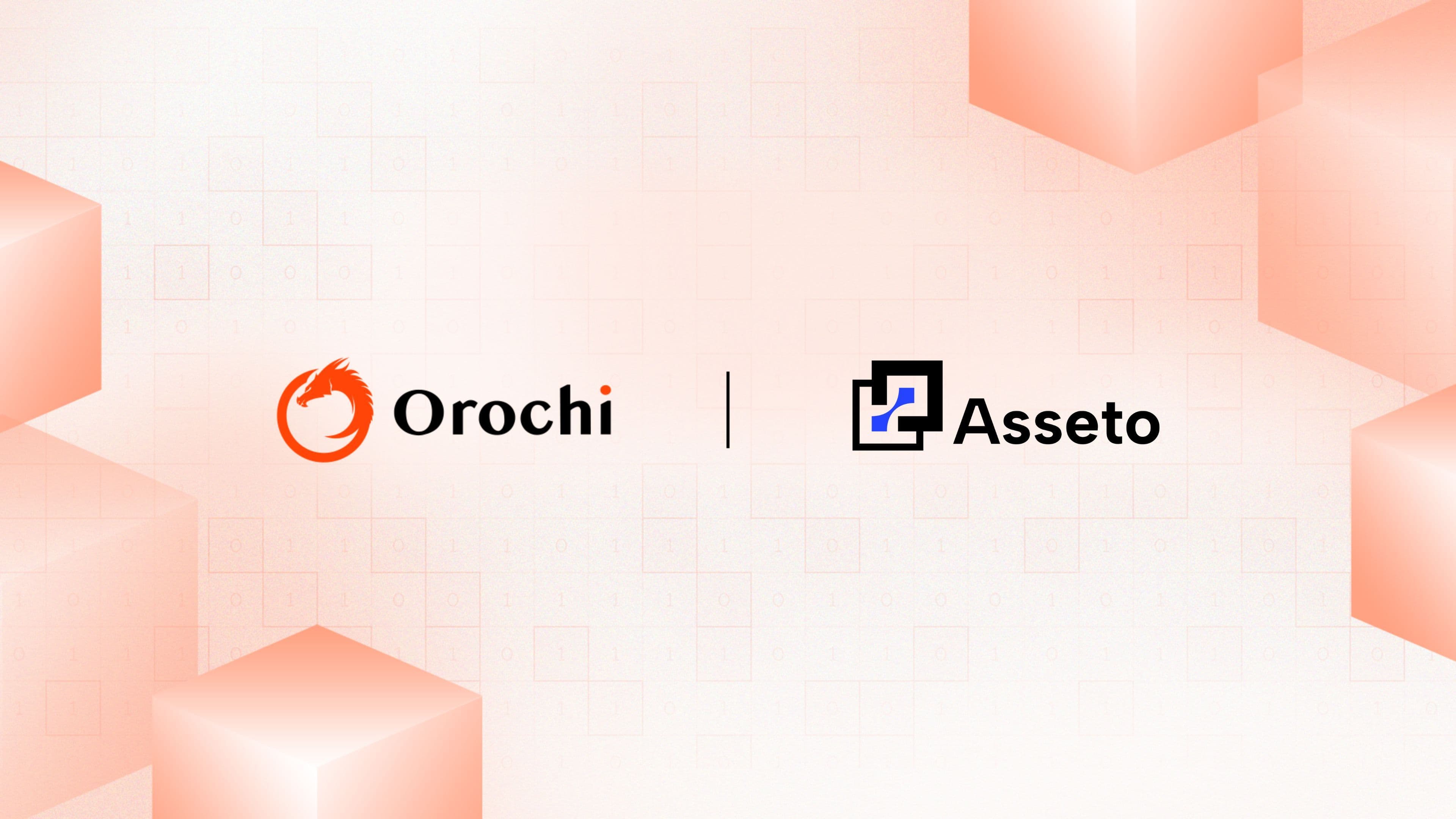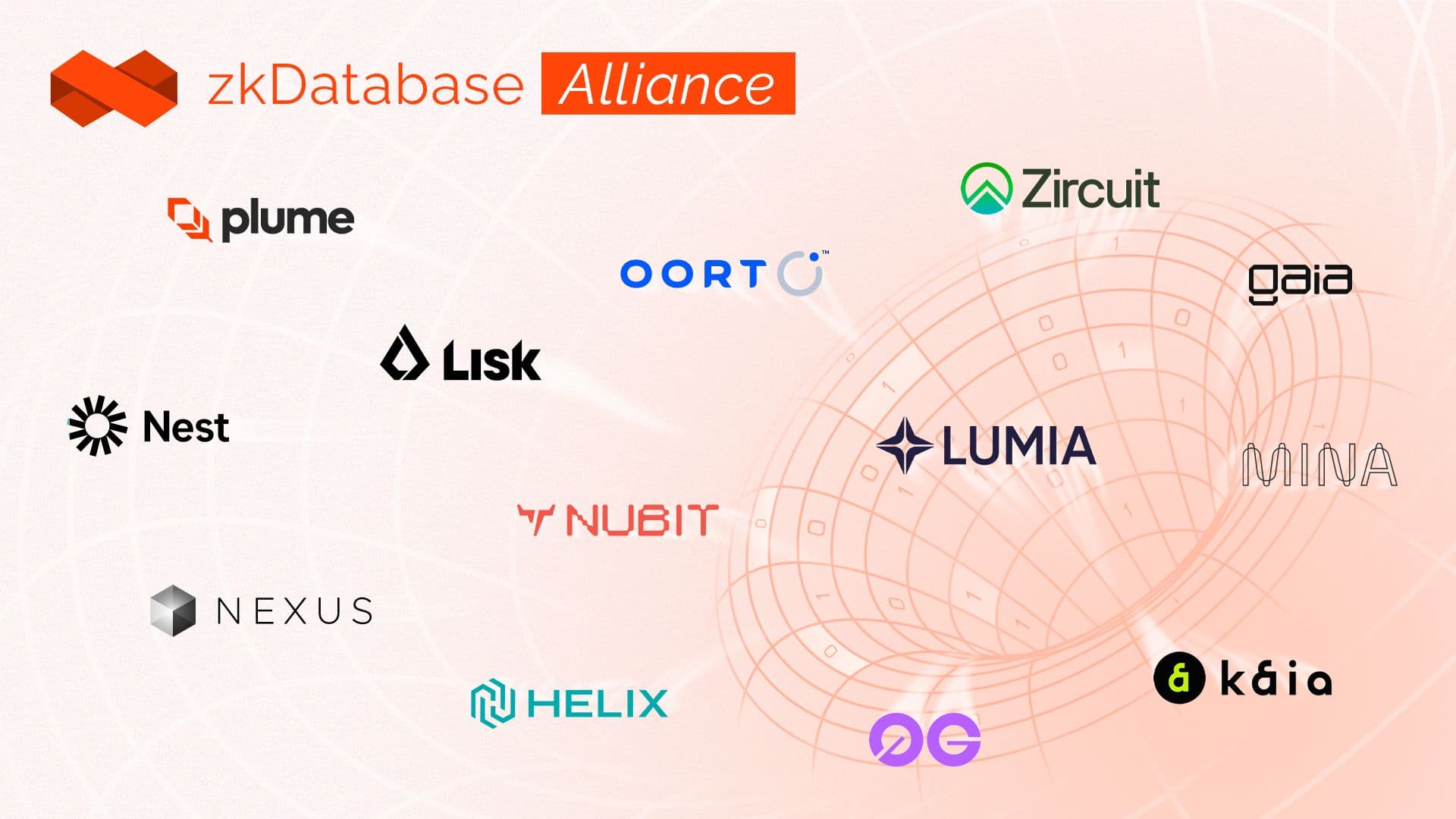Where Orochi Is Now | Looking Towards 2026
October 22, 2025
6 mins read
Orochi Network: Looking towards 2026 with Verifiable Data Infrastructure. Powered by ZKPs, zkDatabase, Orand, and Orocle for AI, DeFi, and RWA, full‑stack, multi‑chain, and enterprise‑grade.

Where Orochi Is Now | Looking Towards 2026
2025 marked the year Orochi Network transitioned from theory to production reality. 2026 Soon!
Built on a mission to make data provable, Orochi is pioneering the Verifiable Data Infrastructure movement. As Web3, RWA and AI adoption accelerate, Orochi stands at the center, ensuring that every byte, model, and transaction is cryptographically verifiable through Zero-Knowledge Proofs (ZKPs).
From its high-performance zkDatabase, Orochi has become a cornerstone for developers, enterprises, and institutions demanding transparent and tamper-proof data integrity.
The State of the Verifiable Data Network
In 2025, Orochi achieved remarkable network growth and technical milestones, cementing its position as a leading modular ZK Infrastructure.
- Total ON Earned: 9,056,419.507341
- Total Provers: 315,479
- Total Verified Proofs: 886,019,263
- ONActive Participants: 100,587
- Codes Verified (ONActive): 132,432,805
- ON Claimed (ONActive): 500,032.3564 ON
The network has processed nearly 900 million verified proofs, distributed rewards exceeding 9 million ON, and onboarded more than 300K+ provers, establishing one of the largest verifiable computation ecosystems in the world.
➣➣Verify here
The global digital economy is undergoing a seismic shift, from data ownership to data verifiability. In 2025, enterprises, DeFi protocols, and AI systems alike face mounting challenges around trust, provenance, and auditability of data.
The value of data has never been higher, yet its credibility has never been more contested.
AI systems rely on massive data pipelines that are largely opaque, while DeFi and RWA protocols demand real-world data that can be proven authentic. Orochi’s zkDatabase meet this demand by providing cryptographically provable data integrity across multiple industries, from finance and insurance to gaming and machine learning.
- Global ZK Infrastructure Market projected to exceed $12.8B by 2028, growing at >35% CAGR.
- Over 60% of blockchain projects now plan to integrate ZK components for data integrity and privacy.
- Enterprises in Asia-Pacific are increasingly piloting verifiable ledgers for compliance and AI traceability.
The verifiable data layer has become the next frontier for Web3 infrastructure, differentiation Highlights:
- Full-stack verifiability: From data creation → storage → proof → verification.
- Multi-chain support: EVM, Move, and Cosmos compatibility.
- Enterprise-grade performance: zkDatabase benchmarks maintain <15 ms read latency and 99.997% success rate.
Key Product Updates - zkDatabase, Orand, Orocle, zkMemory, zkDA Layer
2025 was a transformative year for Orochi Network’s product ecosystem. Each product matured from prototype to production, collectively powering one of the most scalable and Verifiable Data Infrastructures in Web3. Together, these tools form the foundation of Orochi’s Verifiable Data Infrastructure, bridging trust between blockchains, enterprises, AI systems, and real-world data.
zkDatabase is Orochi’s core product, a zero-knowledge database designed for performance, proof, and scalability. It allows any application to read, write, and verify data integrity cryptographically.



ZK-data-rollups: Recursive proof composition allows us to prove millions of data operations in one succinct proof and this proof can be verified in ~500ms (cheap verification).
- Total Operations: 274,757 ops
- Error Rate: 0.0025% (7 / 274,757 operations)
- Throughput: ~1 op/sec (stable across all test sizes)
- Query Latency: < 15 ms across 100K+ records
- Concurrency: 50 concurrent ops / 100% success
- API Uptime: 100% (Database, Merkle Proof, and Rollup APIs)
zkDatabase combines database-grade throughput with ZK-proof integrity, redefining how systems ensure trust in data pipelines.
Orand - Verifiable Randomness
Orand delivers provably fair, unpredictable randomness for smart contracts and decentralized systems. with < 120 ms response time
- Integrated in 120+ chain including gaming and NFT applications
- Use Cases: By combining cryptographic proofs with verifiable entropy, Orand eliminates centralized RNGs from Web3.
Orocle - Orochi Oracles
Orocle brings off-chain & real-world data on-chain, secured by verifiable proofs of origin.
- Data Feeds: 300+ financial and RWA streams
- Proof Latency: ~420 ms
- Integrations: 20+ DeFi and RWA protocols
Ecosystem & Partnerships - Network Collaborations and Alliances
Orochi’s network of 145+ ecosystem partners spans blockchains, enterprises, and developer communities. It has evolved into a multi-chain verifiable infrastructure alliance, driving cross-industry adoption.

The Alliance brings together industry leading projects, spanning Tokenization, AI, DePIN, Gaming, and more. These teams have already integrated or are actively building on zkDatabase from early stages. By combining our technical depth and market reach, we will deliver:
Integration Support: hands-on guidance so every partner adopts zkDatabase quickly and confidently.
- Ecosystem Enablement: priority assistance for each project’s community and sub-projects to build atop the verifiable data layer.
- Cross-Marketing Reach: coordinated announcements and shared platforms that amplify every launch across our combined audiences.
- Reference Tooling: battle-tested examples and performance dashboards that compress integration time
And many other exclusive advantages reserved solely for members of the zkDatabase Alliance.
Our Alliance members are industry leaders shaping the future of Verifiable Data.
From Testnet → Mainnet
After a robust testnet phase, zkDatabase Mainnet is now live! Here are some key metrics from our journey:
5 months of rigorous public testing and community feedback
Over 1,200,000 proofs generated on testnet
Over 10,000 testnet transactions processed
~10,000 npm downloads of the zkDB package
Read our full transition report here: From Testnet to Mainnet ↗ https://app.zkdatabase.org/
Developer Growth & Community Expansion
Throughout 2024 and 2025, Orochi Network has made substantial progress in cultivating its developer ecosystem and expanding its global community. The project has demonstrated steady traction with over 10,600+ downloads of its zkDatabase developer tools and more than 720 million verified proofs processed via ONProver, signaling tangible engagement with its verifiable-data infrastructure.
Orochi’s developer growth strategy is anchored around the Orochi Foundation — a non-profit entity that administers grants, hackathons, and research incentives to attract builders into the zero-knowledge and verifiable-data space. Events such as the Vietnam Rust Hackathon, ZKEFT (Support from ETH Foundation, ZKP Labs, Orochi, VKU), Super VietNam Pitchfest 2025, and partnerships with ZK-focused organizations have further deepened grassroots developer outreach across Asia and beyond.

The network’s expansion to 145+ supported blockchains has broadened its potential developer base and lowered integration barriers for multi-chain applications. In parallel, Orochi has launched community-oriented initiatives such as ambassador programs, educational campaigns, and cross-ecosystem partnerships that together have grown its community to hundreds of thousands of members.
While still in its scaling phase, Orochi’s commitment to developer enablement, open collaboration, and cross-chain inclusivity has positioned it as one of the emerging pillars of verifiable data infrastructure for Web3’s next generation of builders.
Resources & Future Vision – Roadmap and 2026 outlook
By 2026, Orochi Network aims to solidify its position as the foundational “verifiable data layer” for Web3 and institutional finance. Backed by over $20 million in funding and a rapidly growing ecosystem of 145 + partners, the network plans to scale its zkDatabase, zkDA Layer, Orocle, and Orand modules across global markets, enabling secure, auditable data infrastructure for RWA, Stablecoin, AI, DeFi, and more.
With a proof-agnostic, multi-chain architecture and an expanding developer community, Orochi’s roadmap focuses on full mainnet deployment, regulatory readiness, and deep cross-chain adoption, setting the stage for it to become a trusted, high-integrity backbone for the decentralized economy by 2026.
Experience verifiable data in action - Join the zkDatabase live demo!
Book a Demo











